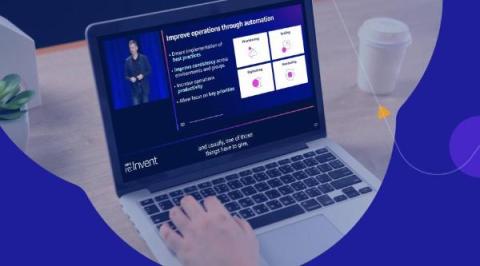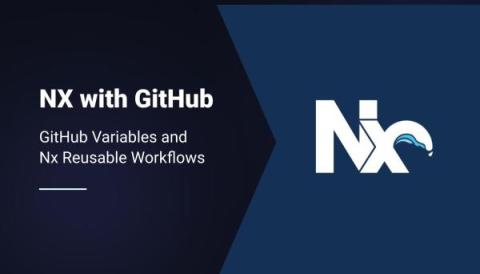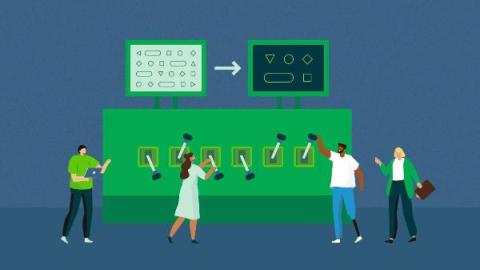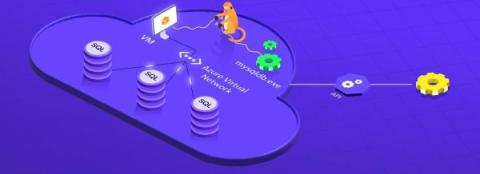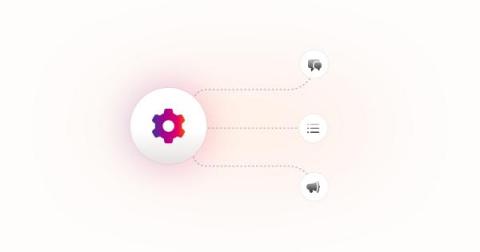Provision and serve: Why platform engineers should prioritize infrastructure optimization
Infrastructure optimization is the missing piece in your Internal Developer Platform (IDP) resource plane. Here’s how it can help your IDP make an impact, and ideas on how to weave it into your architecture.


